Introduction
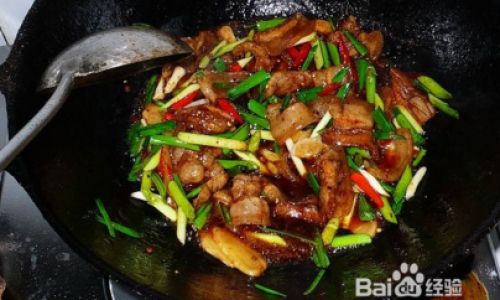
Double-cooked pork, also known as Huo Guo Rou in Chinese cuisine, is a dish that embodies the essence of Sichuan flavors. Its name suggests a cooking process involving two distinct stages of frying, which results in a dish that is both tender and slightly crispy, with a deep, savory umami taste. This classic Sichuan dish is beloved for its rich, complex flavors, achieved through a harmonious blend of spices, soy sauce, and chili peppers. In this article, we will delve into the step-by-step process of making double-cooked pork, exploring each crucial aspect from selecting the right ingredients to perfecting the cooking technique.
Section 1: Understanding the Ingredients
Before diving into the cooking process, it’s essential to understand the key ingredients that make double-cooked pork so special.
Pork Belly:
The star of the dish, pork belly offers the perfect balance of fat and lean meat, ensuring a juicy and flavorful final product. Look for pork belly with a good marbling pattern and avoid cuts that are too lean, as they can become dry during cooking.
Spices and Seasonings:
Double-cooked pork relies heavily on a blend of spices and seasonings to create its signature taste. Key ingredients include Sichuan peppercorns, star anise, ginger, garlic, and green onions. These spices not only add depth to the dish but also contribute to its aromatic profile.
Soy Sauce and Cooking Wine:
Dark soy sauce provides the dish with its rich, dark color and a slightly sweet, savory flavor. Light soy sauce adds saltiness, while cooking wine (Shaoxing wine is traditional) enhances the overall aroma and taste.
Chili Peppers and Bean Paste:
Chili peppers, either fresh or dried, and Sichuan chili bean paste (Doubanjiang) are crucial for the fiery, spicy element that defines Sichuan cuisine. Adjust the amount of chili peppers according to your taste preference.
Vegetables:
Traditionally, double-cooked pork is served with scallions, bell peppers, or garlic sprouts. These vegetables add freshness and crunch to the dish, balancing the rich flavors of the pork.
Section 2: Preparing the Pork
The first step in making double-cooked pork is to prepare the pork belly properly.
Cleaning and Boiling:
Start by cleaning the pork belly thoroughly, removing any excess fat or sinew. Place the pork in a large pot and cover with cold water. Add a few slices of ginger, a couple of garlic cloves, and a handful of green onions. Bring the water to a boil, then reduce the heat to a simmer. Skim off any foam that rises to the surface. Boil the pork for about 30-40 minutes, or until it is cooked but not overly tender. This initial boiling helps to remove impurities and tenderize the meat.
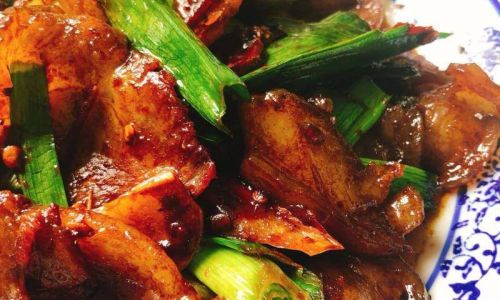
Cooling and Slicing:
Once cooked, remove the pork from the pot and let it cool slightly. Once cool enough to handle, slice the pork into thin strips or pieces, about 1/4 inch thick. The size and thickness of the slices will affect the cooking time and texture, so be consistent for even cooking.
Section 3: Cooking the Pork – The First Fry
The first fry is crucial for rendering out excess fat and setting the stage for the second fry.
Heating the Oil:
In a large wok or skillet, pour in enough vegetable oil to cover the bottom by about 1/2 inch. Heat the oil over medium-high heat until it reaches about 350°F (175°C).
Frying the Pork:
Carefully add the sliced pork to the hot oil, spreading it out in a single layer to avoid overcrowding. Fry for about 3-4 minutes, or until the pork turns golden brown and slightly crispy. Use a slotted spoon to remove the pork from the oil and let it drain on paper towels. This first fry removes excess moisture and fat, creating a firmer texture that will hold up well during the second cook.
Section 4: Preparing the Sauce and Vegetables
While the pork is draining, prepare the sauce and vegetables.
Making the Sauce:
In a small bowl, combine dark soy sauce, light soy sauce, cooking wine, a pinch of sugar, and a splash of water. Mix well to ensure the sugars are dissolved. This sauce will be used to flavor the pork during the second cook.
Preparing the Vegetables:
Slice the scallions, bell peppers, or garlic sprouts into bite-sized pieces. These vegetables should be added towards the end of cooking to retain their crispness.
Section 5: Cooking the Pork – The Second Fry
The second fry is where the magic happens, as the pork absorbs the flavors of the sauce and spices.
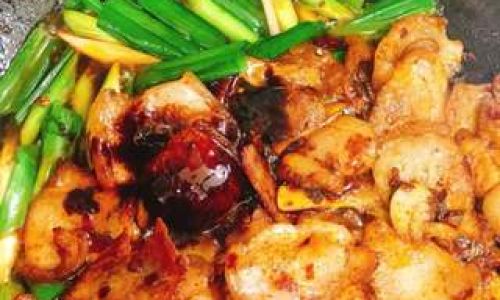
Heating the Pan:
In the same wok or skillet used for frying, pour out most of the oil, leaving just a tablespoon or two. Heat the oil over medium-high heat, then add the sliced ginger, garlic, and Sichuan peppercorns. Stir-fry for about 30 seconds until fragrant.
Adding the Pork and Sauce:
Add the fried pork strips back into the wok, pouring in the prepared sauce. Stir-fry quickly, ensuring the pork is evenly coated with the sauce. Cook for about 2-3 minutes, allowing the sauce to reduce slightly and thicken.
Incorporating the Vegetables and Spices:
Add the sliced vegetables and continue to stir-fry for another 1-2 minutes, until the vegetables are tender-crisp. Finally, stir in a spoonful of Sichuan chili bean paste and adjust the seasoning with salt and pepper if needed. The chili bean paste will add a layer of complexity and heat to the dish.
Section 6: Serving and Enjoying
Once the pork is well-coated in the sauce and the vegetables are tender, remove the wok from heat. Transfer the double-cooked pork to a serving dish, garnishing with additional chopped green onions or chili peppers if desired.
Serve immediately while hot, with steamed rice on the side to soak up the delicious sauce. Double-cooked pork pairs wonderfully with a variety of sides, such as stir-fried tofu or pickled vegetables, enhancing the meal’s flavor profile.
Conclusion
Making double-cooked pork may seem like a multi-step process, but with careful attention to detail and the right ingredients, it can be a rewarding culinary experience. Each stage of cooking contributes to the final dish’s texture and flavor, creating a harmonious blend of savory, spicy, and slightly sweet notes. Whether you’re a seasoned chef or a home cook eager to explore new culinary horizons, mastering the art of making double-cooked pork will undoubtedly elevate your cooking skills and delight your taste buds. Enjoy the journey of creating this timeless Sichuan classic!
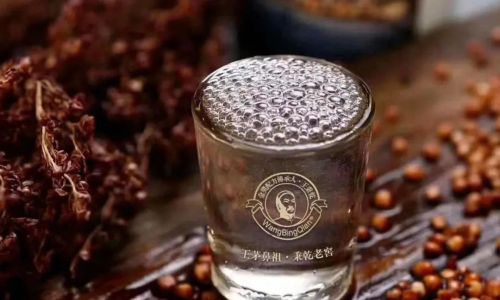



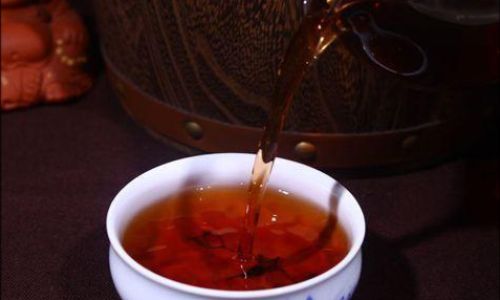
0 comments